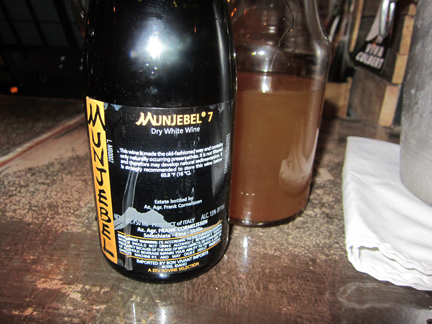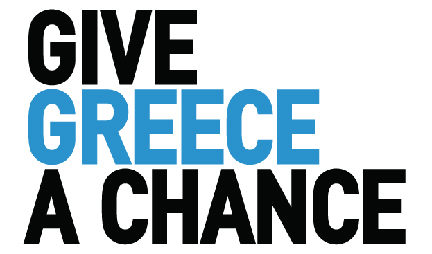 Traveling to Italy after a more than 18-month hiatus was like a trip to the future. Even though you could follow news and trends through social and mainstream media from afar, there were bound to be evolving mores that even the eagle-eyed Italophile would miss.
Traveling to Italy after a more than 18-month hiatus was like a trip to the future. Even though you could follow news and trends through social and mainstream media from afar, there were bound to be evolving mores that even the eagle-eyed Italophile would miss.
And by mores, I don’t just mean the normative conventions and attitudes embodying the fundamental moral values of a particular society (Oxford English Dictionary). I also intend the behavioral and physiological (as opposed to morphological) characteristics of a group… of the same kind living in a particular habitat. (Also via the OED. The former is the more common locution.)
Looking back through my travelog entries, the first mention of tasting avocado in Europe took shape not in Italy but in Greece. The island of Santorini in 2011, to be exact, 10 years ago. It was at a beach resort where chilled shredded crab was served atop a creamy dollop of avocado fruit that had been redistributed in the fruit’s exocarp.
In the years that followed, the avocado would begin to make intermittent appearances in my gastronomic expeditions, usually as an exotic fruit served in a savory context. Those fruits came mostly from Israel. And even though many of my Italian friends and colleagues had come to know the culinary pleasures of the aguacate through their travels in the Americas, they generally had not yet gained complete facility in the art of ripening the mesocarp.
But by late 2018, the avocado seemed to have firmly established itself in the Italian canon coquinario.
I’ll never forget sitting down to lunch at a Michelin-style restaurant on Lake Garda, the guest of a top Garda winemaker, and being served a salmon tartare arranged on a bed of perfectly ripened and diced avocado.
“Do you like avocado?” asked said winemaker entirely clueless to the fact that I grew up in Southern California where avocados literally grow in your backyard and where the assemblage of Mexican and California nouvelle cuisines could hardly exist with out its sine qua non love for the fruit.
It struck me that she was convinced (although not the brightest tool in the shed) that she was turning me on to something I probably had never tasted.
But by the time I finally got back to Italy in July 2021, after an absence of more than a year and half, avocados had all but been banned from the Italian überhipster foodie’s diet. Surprised by this lacuna, I asked my Italian friends where the once ubiquitous ahuacatl had absconded.
Indignant at the query, they answered by questioning my devotion to environmental causes. Didn’t I care about the deforestation of the Amazon? Didn’t I care about the planet? They wouldn’t be caught dead eating an avocado, they told me.
A little bit of digging led to my discovery of a series of articles that appeared toward the end of 2020.
“Do you know how much forest you just ate? It’s time to reflect and do something about it,” was the title of one such piece published by the Huffington Post (Italy).
“If we continue to serve products that are not ‘farm to table,’ like avocados,” it reads (translation mine), “we are endangering the monarch butterfly. Avocado groves are widely to blame for deforestation in Central America and they are putting water reserves at risk.”
“Avocado mania is endangering the beautiful monarch butterfly,” reads another.
“‘Made in Europe’ avocados have a smaller impact on the environment than those imported from other continents. But they are straining water resources in southern Portugal and Spain,” reads yet another.
The question of the environmental impact of “avocado mania” isn’t new. A number of foodie-focused blog posts, including this one by a prominent Italian food blog, from 2016 and 2017 questioned the sustainability of “avocado toast” (toast di avocado, the Italian locution).
But the proverbial drop that made the glass overflow seems to be the media attention devoted to “avocado mania” in late 2020.
Over the more than three decades that I’ve been traveling to Italy, I’ve always been impressed by Italians’ sense that environmental responsibility is a civic duty — something I rarely see in the U.S. I’ll never forget the impossible-to-miss battery recycling bins that dotted corners of residential neighborhoods during my first visits to the country in the late 1980s. I’ll never forget the way a friend’s 70-year-old parent recycled cardboard milk cartons as trash receptacles. Ne’er a plastic bag sullied their kitchen.
It’s hard to imagine a Texan or Californian world without avocados. From the chunky guacamole of my native San Diego or the creamy guacamole of my adoptive Houston, the avocado is at the center of our family’s dietary universe. But the avocado mania of my Italian comrades is now passé. And maybe, well actually, most definitely, that’s a good thing.
Image via Shelli Friedberg’s Flickr (Creative Commons).














